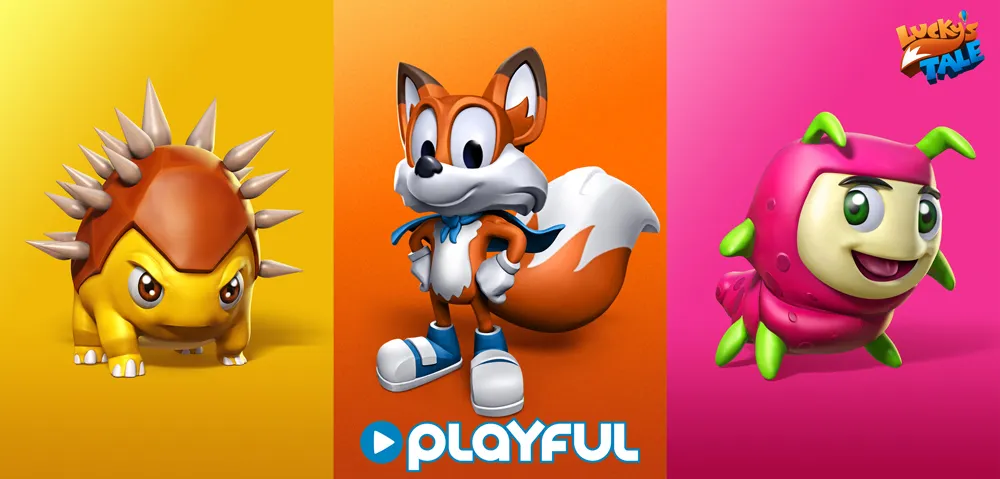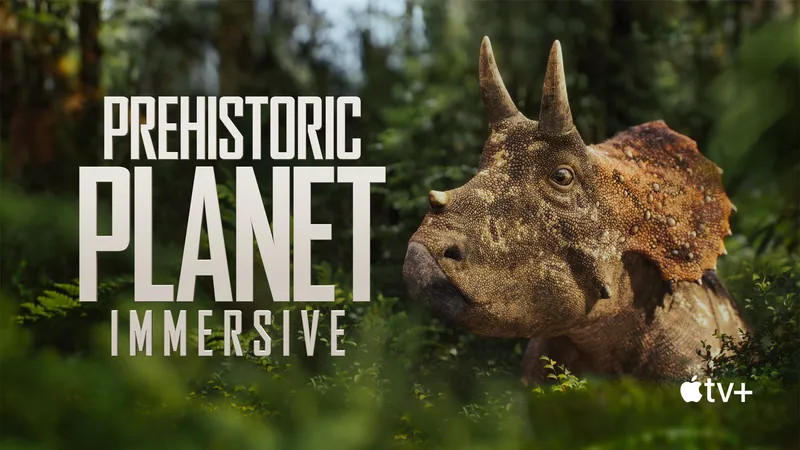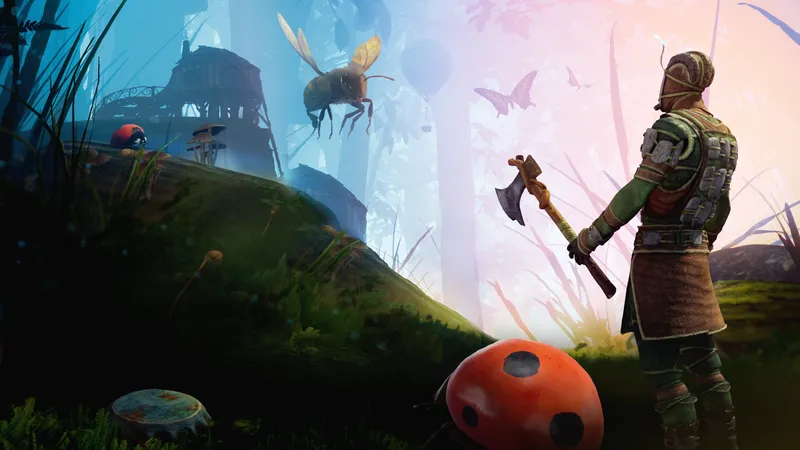I’m not a person who likes to be wrong. Ask my wife, my friends, random waiters, Uber drivers, basically anyone I’ve ever interacted with and they’ll all confirm with a roll of their eyes just how determined I am to defend my opinions. This is why when I sat down to play Lucky’s Tale at GDC in San Francisco I had every reason to believe my opinion of the game – that it would be a simplistic experience that merely shoehorns VR viewpoints in as a gimmick – would remain unchanged. After taking off the headset 15 minutes later, however, I realized the enormous grin on my face meant I had never been so happy to be wrong.
When the game begins I find myself being handed some standard game-opening narration in a very untraditional way. Slowly fading freeze frames of the titular Lucky fade in and out inside his adorable little apartment as a narrator explains your simple motivation to complete the game: to rescue your friend the pig from a kidnapping monster.
What made this whole experience so delightful was that it allows you to quickly grasp just how much freedom you have to get up close and personal with every beautifully rendered asset in the house. I spent most of my first few minutes of gameplay simply leaning in and out to feel the delight of being so present in Lucky’s world.
From these immersive first-steps it just becomes clearer and clearer that Lucky’s Tale is a masters class from Playful Games on third person VR game design. As the intro ends Lucky steps outside of his home and control is given to me for the first time. I immediately lean in to see Lucky up close and I’m delighted as his huge, bright eyes spark with delight and lock in to stare directly into my own. His childish voice squeaks a greeting and he waves his hand to show how excited he is by my presence.
This simple moment is a microcosm of what makes Lucky’s Tale such a powerful VR experience. Every piece of the game, from level design, to secret collecting, to camera movement has been expertly designed with a VR experience in mind.
By looking to my right I can see the next several stages of the level expand before me. There is no mist effect to hide where I’ll be going next and this makes the entire game world feel real and intentionally crafted. Secret coins are almost invisible, with only a slight shimmer effect to let you know where they are. This means that all the leaning in and open-mouthed ogling I was doing to this immaculate cartoon paradise went from a time-waster to an essential game mechanic for extra fun. And the camera, oh good heavens that camera.
The camera in Lucky’s Tale is outside of your control. At first this was a disappointment to me but after about 30 seconds in the game I realized it was for the best. You do a lot of running, jumping, fighting and falling in Lucky’s Tale and a controllable camera would merely distract and nauseate during these events. Instead, the camera will slowly move to follow you around the world. This means you feel close to Lucky at a pace that induces no motion sickness while also never being frustratingly slow. The designers at my demo laughed when I asked about it and remarked about the hours, days, even weeks they spent to get that camera completely perfect.
A perfect camera is essential because you’ll be doing a lot of looking in Lucky’s Tale. Here’s the thing, I’ve played Mario games (both 3D and 2D) and at the start of every level the first thing I always do is push my controller forward and rush for the goal as quickly as possible. Lucky’s Tale, however, finally got me to embrace the explorative elements of the 3D platforming genre. Every time I reached a new platform or game section I would immediately lean forward and devour the scene with my eyes. The game constantly rewards you for this with surprise-and-delight design moments around almost every corner. For example, at the top of a seemingly random waterfall there is a cute little caterpillar. He doesn’t do anything but when I saw him I laughed at loud because I knew he was only there as a little “nice job” for players that take the time to crane their necks all around Lucky’s world.
The build I played also shows off the new “Foxhole” mechanic. These are warp-like portals that are scattered throughout the game and Lucky himself is just as engaging and delightful as the world he inhabits. Even though Lucky is on a rescue mission he never seems worried, stressed, or angry. He’s always happy to see you when you lean in to inspect him and he tackles every obstacle in the game with joyful exuberance. This fits perfectly with the game’s basic tone. The game is saying, “take your time, enjoy yourself, and have as much fun on this journey as you can.”
Lucky’s Tale is not a difficult game. The combat is far from challenging and the platforming is relatively simple as well, although later levels will surely bring increased difficulty. But none of that detracted from my overall enjoyment because this is a game that can turn looking at a random flower on the ground into a fun experience.
Lucky’s Tale gets everything right about third-person gaming for VR. To be honest, a lot of the similar games I’ve tried don’t hit this mark quite as successfully. Simply allowing players to lean into the diorama of a world – or worse yet, not even allowing them that courtesy – is simply no longer good enough now that Playful has shown everything VR can offer this particular style of game.
In the same way that Mario became the foundation for 2D platforming rules on the NES, Lucky has now become the same for 3D adventures in VR. I don’t plan on settling for anything less.





























